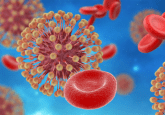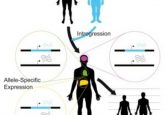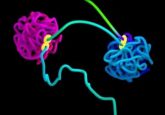Exposing the super enhancers behind breast cancers
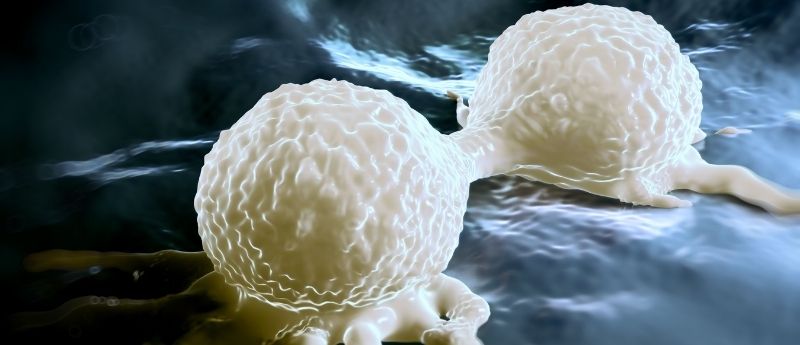
A recent multiomic study has established a super-enhancer-target regulatory network for breast cancers, exposing new epigenetic targets for therapeutics, particularly in triple-negative breast cancer (TNBC).
Recent research, led by Yuet-ming Rebecca Chin and Xin Wang of CityU (Hong Kong), has used a multiomic approach to determine a network of “super-enhancers” that stimulate the expression of oncogenes involved in the development of TNBC. These findings could impact the development of drugs to tackle TNBC.
TNBC accounts for 10–15% of the 2.1 million breast cancer cases diagnosed worldwide each year and tragically develops much earlier than other breast cancers, typically between 40–50 years old. Distinct from other forms of breast cancer, TNBC does not express estrogen or progesterone receptors and also doesn’t overexpress HER2 – hence ‘triple negative’. Without these typical characteristics of breast cancers, TNBC is very difficult to target with specific drugs.
Throughout the cancer research space, it has been commonplace to search for targets by identifying mutations in the DNA sequence of cancerous genomes. However, this approach overlooks the significance of epigenetic regulation in the expression of oncogenes and suppression of tumor suppressor genes.
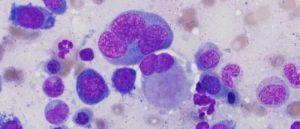
Tailoring treatments for cancer with whole-genome sequencing
A new study lays the groundwork for a frameshift in treatment determination for several blood cancers; from karyotyping to whole-genome sequencing (WGS).
A key part of these epigenetic regulations are super-enhancers, large clusters of non-coding regions of DNA that are frequently influenced by histone modifications such as acetylation. Super-enhancers are associated with the expression of programs of genes that characterize a cell’s identity.
To investigate the role of super enhancers in TNBC, the team used epigenetic and transcriptomic profiling, integrating the data produced from epigenomic sequencing of 21 cell lines, with the gene-expression and clinical data of 4000 patient samples. This initial analysis allowed the team to create a super-enhancer-target regulatory network for all breast cancers.
Commenting on the findings, Wang noted that: “integrated analyses reveal that the clustering of super enhancers is sufficient to characterize different subtypes of breast cancer. Importantly, based on the regulatory network, we identify the gene FOXC1 as a key regulator of cancer growth and metastasis which is driven by a TNBC-specific super enhancer.”
After the identification of FOXC1 as one of the genes regulated by a specific TNBC super enhancer, which in turn acts as a transcription factor promoting the expression of metastatic oncogenes, the team examined the gene further. Using CRISPR techniques, the team excised the super enhancer region that led to the promotion of FOXC1 expression.
After this excision, the FOXC1 protein was significantly less abundant and the growth of TNBC tumor models significantly reduced. Further analysis of available clinical samples revealed a positive correlation between FOXC1 and tumor grade, cell division rate and tumor-infiltrating immune cells.
Similar results were repeated when the team identified a second associated with another TNBC-specific super enhancer: the previously identified oncogene ANLN, which has been associated with poor prognosis in past studies. “These findings demonstrate the power of leveraging epigenetic landscape to identify novel players in TNBC, paving the way to discover more effective therapeutic targets for this aggressive form of breast cancer,” remarked Chin.
The establishment of this super enhancer network for breast cancers and the subsequent validation that the targeting of these sites can limit tumor growth bodes well for the future of cancer therapeutic development: a dream that Chin is keen to see realized. “We hope our findings can contribute to the development of effective drugs for TNBC patients to improve their chance of survival.”

